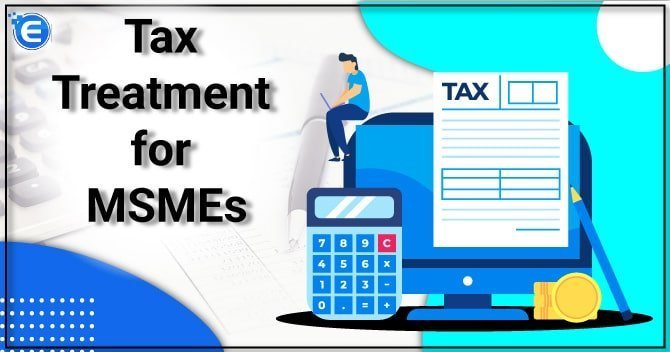
According to the Micro, Small and Medium Enterprise Development (MSMED) Act, 2006, the micro, small and medium enterprise is defined in accordance with annual revenue. As classified by the union government, Micro Enterprise is a business where the annual turnover does not exceed Rs 5 Crores; Small enterprise is an enterprise whose yearly turnover exceeds Rs 5 Crores but not exceeds more than 75 Crores and at last medium enterprise whose yearly turnover exceeds 75 Crores and not surpasses 250 Crores.
The MSME sector provides significant employment opportunities besides being the ground of breeding for skill development and entrepreneurship. The number of MSME is more than 30 million and the number of people they employ is around 100 million.
Every supplier, whether it is in the state or a union territory from where he makes the taxable supply on any services or goods if the supplier’s total income exceeds the prescribed amount of the exemption limit, then he will be compelled to be registered. The threshold limit for the supply of goods is 40 lakh and the limit for the supply of services is 20 lakhs.
Voluntarily registration under MSME
An individual having combined turnover below the mentioned limit may get them registered voluntarily.
Total turnover under MSME
The total turnover means the total value of all the supplies which are taxable, exempt supplies, the export of services, and good and interstate supplies, of an individual having the same PAN card[1] number.
Individual not liable for registration under MSME
There are many categories of the person which are not liable for registration:
Compulsory registration under MSME
There are many categories of the individual which are compulsory liable for registration:
The composition scheme in GST is a different substitute method to levy a tax on small and medium taxpayers whose total turnover is within the prescribed limits. This method of levying tax is quite a hassle-free and simple scheme for the small taxpayers. It is an optional and voluntary scheme.
Features of this scheme:
The rate of tax under this composition levy scheme:
After the GST, every registered person is permitted to take credit on the tax input charged on any supply of services or goods to him, intended or used in furtherance or course of business. The beneficiary must be at liberty to avail the tax credit of input tax on the payments made by them on the amounts towards the value of inward supply of services and goods with tax payable. Though, a composition taxpayer is not entitled to avail input tax credit.
There are some exceptional provisions for accessibility of the credit in some special conditions like new registrations, shifting from normal levy to composition levy vice versa, exempted supplies becoming taxable and vice versa. These conditions help the MSMEs whenever they shift from the exempted or composition category.
Read our article:Input Tax Credit on Job Work
Over the decades, the Oil and Natural Gas Corporation (ONGC) has been a key pillar in the portf...
The Reserve Bank of India, on April 11, 2025, posted a Press Release No. 2025-2026/96 on their...
Hong Kong is widely recognized as a leading global business hub, known for its free-market econ...
With India’s growing economy, Non-Banking Financial Companies (NBFCs) have expanded significa...
With the rise of digitalization, the global cryptocurrency market is expanding at an unpreceden...